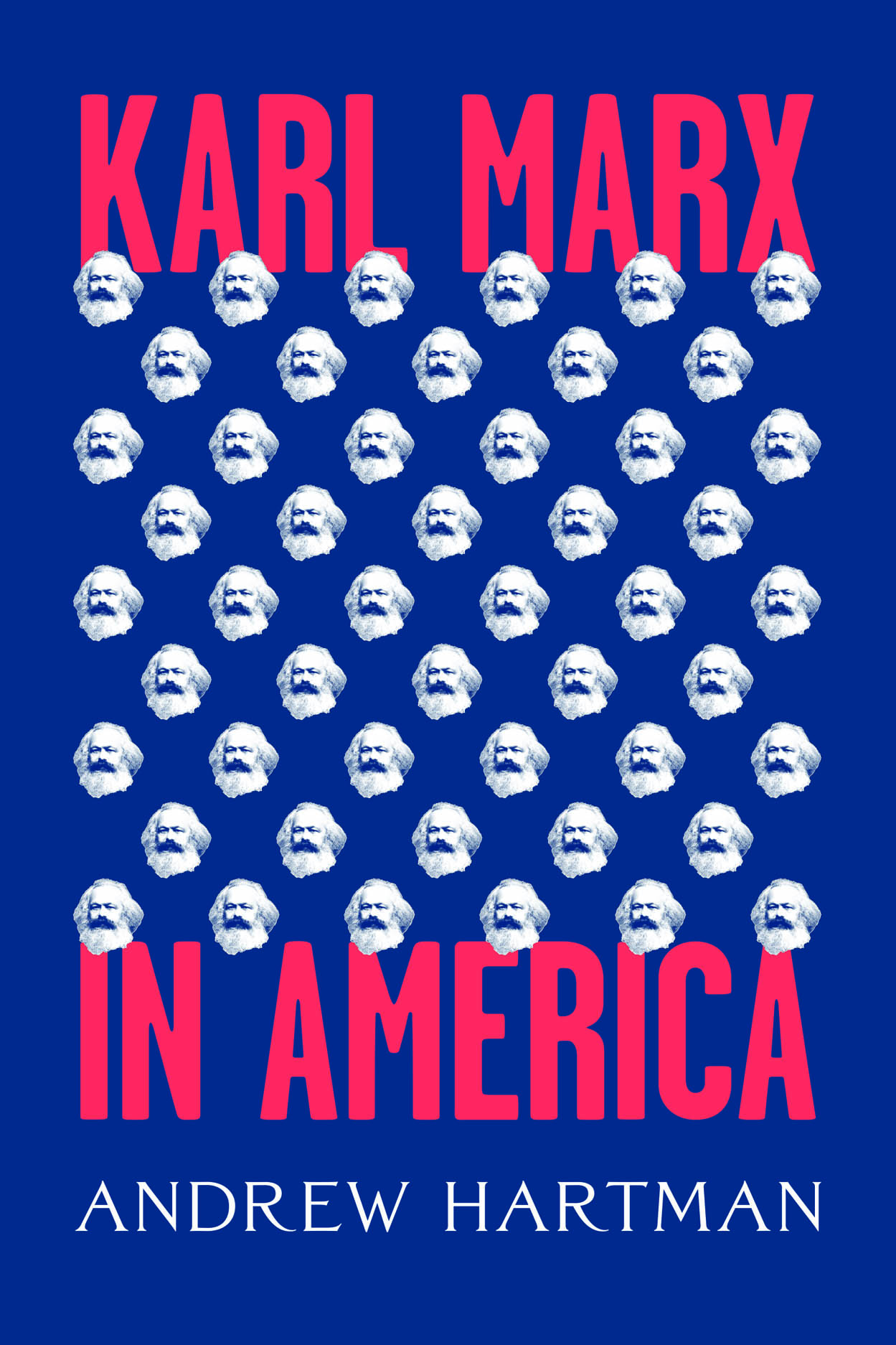What excited Marx above all was his conviction that abolition was the necessary precursor to throwing off the yoke of capitalism itself, and thus to the realization in the United States of a complete freedom from the mastery of others by means of collective self-rule. This model of freedom becomes the compelling throughline of Karl Marx in America that sustains the overall arc of his approach. To wit: Intellectuals and activists in the United States keep turning to Marx, Hartman observes, because something is missing in the available thinking about life under capitalism—a theory of freedom that incorporates but goes beyond formal political rights. In U.S. history, the freedom of some has always required the unfreedom of others, which requires an examination of the forms of power in the hidden depths of the economic system.
Therefore, on the condition that capitalism prevails, versions of Marxism keep being reborn because it speaks to this mysterious contradiction; one embodied in the capitalist system. Simply put, unlike feudalism, capitalism doesn’t openly reveal its actual operations regarding exploitation and oppression. To navigate the pages that follow, one must understand how Hartman employs two complementary strategies. Although the results are sometimes uneven, they effectively map multiple U.S. responses to this paradox of unfreedom in what came to be called “the free world.”
A Triad of Reworkings
First, Hartman parses a large number of iterations of Marxism by pursuing a triad of reworkings: “[T]hree distinct versions of Marx emerged [in the United States]: the Marx who famously centered labor as the driving force of value in a capitalist society; the Marx whose ideas mixed with other American political traditions to form hybrid political tendencies; and the Marx whose repulsive theories helped liberals and conservatives work out their own ideas about America” (7). Accordingly, with his eye always on a materialist frame, Hartman takes us on a journey in which he commendably acknowledges the porous boundaries of this trio of interpretations. Simultaneously, he negotiates the intellectual landscape between the granules of the practice of individuals and the sweep of U.S. history.
Those who prioritized a focus for achieving freedom by centering the exploitation of labor include Socialist Party leader Eugene V. Debs, union leader A. Philip Randolph, and democratic socialist U.S. Senator Bernie Sanders. Those who sought freedom by cross-fertilizing Marxism with other schools of thought include women’s suffrage and “free love” activist Victoria Woodhull, former Communist Lewis Corey, feminist psychoanalyst Juliet Mitchell, and Black radical Cedric Robinson. When it comes to those who confronted Marxism to variously defeat what they perceived to be its concept of freedom in the post–World War II era, Hartman offers the most complicated component of this journey.
